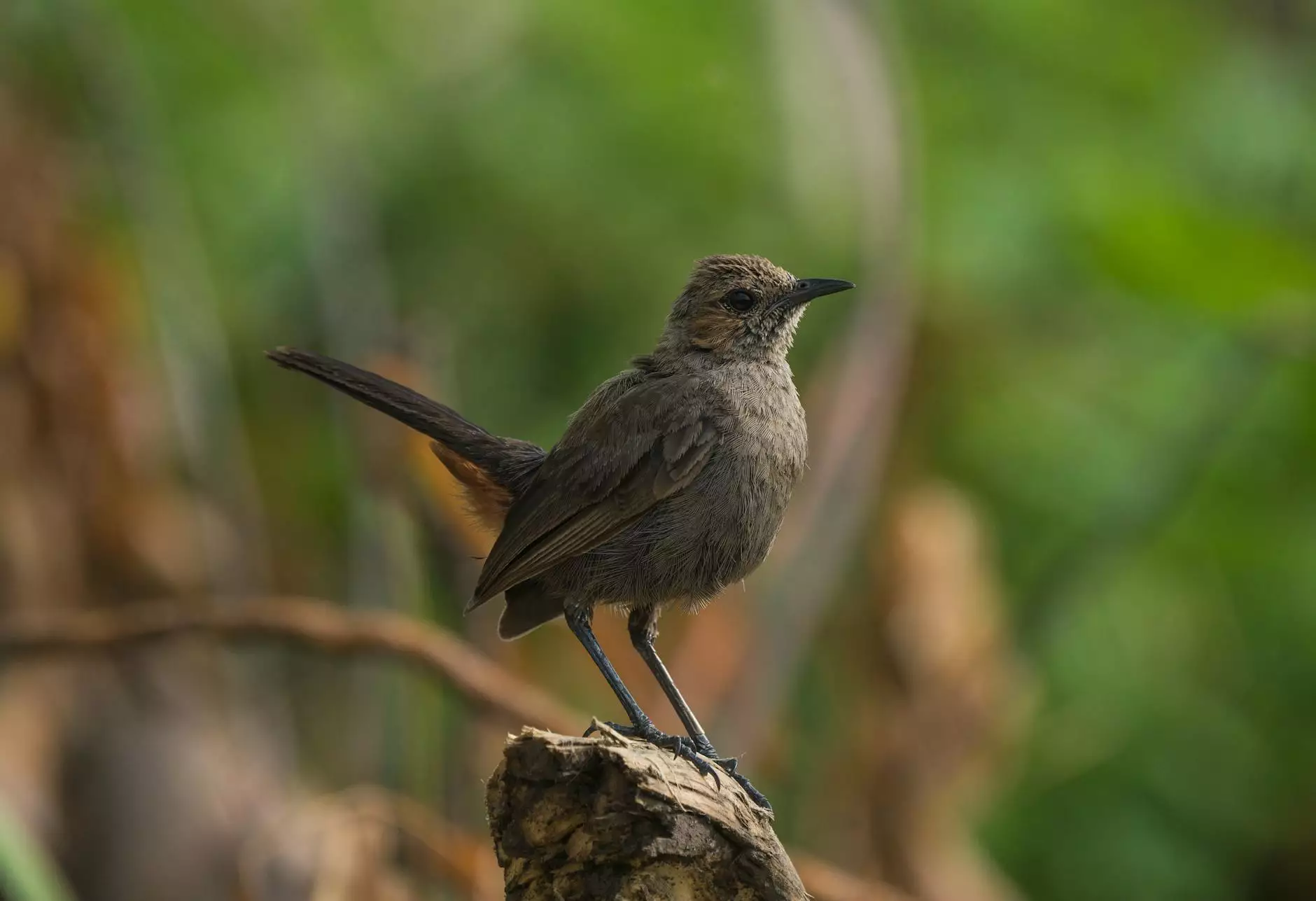Building a Peacock Aviary: A Comprehensive Guide for Enthusiasts

Peacocks are not only majestic creatures with their stunning plumage but also require a dedicated space to thrive. Building a peacock aviary is a rewarding endeavor that allows you to create a safe and stimulating environment for these beautiful birds. In this guide, we will explore the various aspects of constructing a peacock aviary, including design concepts, necessary materials, and vital maintenance tips. Whether you are a seasoned bird keeper or just starting out, you'll find valuable information here to help guide you through the process.
Understanding Your Peacocks' Needs
Before diving into the practicalities of building a peacock aviary, it is crucial to understand the needs of these magnificent birds. Peacocks are known for their social behaviors, requiring space not only for roaming but also for interaction.
1. Space Requirements
Peacocks require ample space to exhibit their natural behaviors. A general rule of thumb is to provide at least:
- 150 square feet per bird as a minimum in the aviary.
- An additional 100 square feet for every additional bird to ensure freedom of movement.
Consider the flight space as well; peacocks are capable of short flights, so vertical space is equally important.
2. Social Structures
Peacocks thrive in a social environment. It’s ideal to house them in groups, particularly with peahens. This not only encourages natural behaviors but also contributes to the overall health of the birds.
Planning Your Aviary: Key Considerations
When planning your aviary, it’s essential to consider the following elements:
1. Location
Choose a location that is sheltered from harsh weather conditions such as strong winds and direct sunlight. Ensure it has good drainage and keeps away from potential predators. A shaded area with natural foliage is recommended.
2. Design and Layout
Your aviary design should allow for both indoor and outdoor living spaces. Include features such as:
- Covered enclosures to protect from rain and predators.
- Natural elements such as trees, perches, and shrubs for climbing and hiding.
- Water features like small ponds or fountains to keep peacocks hydrated and happy.
3. Security Measures
Security is paramount. Ensure the aviary is constructed with strong materials to resist predators. Use metal fencing with a depth of at least 2 feet below ground level. Top the aviary with a sturdy roof to prevent egress.
Selecting Materials for Your Aviary
Choosing the right materials is vital to the longevity and safety of your aviary. Here are some suggestions:
1. Metal Mesh
Metal mesh is one of the most effective materials for constructing the walls and roof of your aviary. It provides a robust barrier against predators while allowing for proper ventilation. You can find various types of metal mesh suitable for different needs at hebmetalmesh.com.
2. Wood and Lumber
Pressure-treated wood is ideal for constructing the frame of your aviary. It resists weathering and is durable enough to support the structure. Make sure to use non-toxic sealants to eliminate any dangers to the birds.
3. Flooring Options
Consider a natural flooring option such as soil, grass, or sand. This can help control dust levels and provide a more natural environment. Ensure regular maintenance to keep the flooring clean and safe.
Constructing the Aviary: Step-by-Step Instructions
Now that you’ve covered your planning and material selection, it’s time for the construction phase. Here’s a step-by-step guide:
Step 1: Create a Detailed Plan
Draft a comprehensive blueprint that includes dimensions, layouts, and locations for all key features such as feeding stations, water sources, and shelters.
Step 2: Prepare the Site
Clear the area of debris, vegetation, and rocks. Level the ground to ensure stability and proper drainage for your aviary.
Step 3: Build the Frame
Using treated lumber, construct the frame following your blueprint. Ensure the frame is square and level before securing.
Step 4: Attach the Metal Mesh
Securely attach the metal mesh to your wood frame using appropriate fasteners to prevent any gaps. Remember to double-check for any places where predators could potentially squeeze through.
Step 5: Install a Roof
A solid roof is essential to protect your peacocks. Metal sheets or heavy gauge plastic can be ideal materials.
Step 6: Create Entry and Exit Points
Install doors that can be securely fastened. Consider a double-door system to further prevent escapes and intrusions.
Step 7: Add Natural Elements
Introduce perches, bushes, and any additional features that mimic their natural habitat. This will help your peacocks feel comfortable.
Step 8: Final Check and Safety Measures
Inspect the entire structure to ensure safety and that there are no sharp edges or hazardous materials before introducing your peacocks.
Maintaining Your Peacock Aviary
Once you have successfully built your aviary, regular maintenance is crucial to ensuring a healthy environment for your birds.
1. Cleaning and Sanitation
Regularly clean the aviary to prevent any health issues. Remove droppings and waste daily, and perform a deep clean every few weeks using non-toxic disinfectants.
2. Health Monitoring
Keep a close watch on your peacocks’ health. Look out for any signs of distress or illness, and be prepared to consult an avian veterinarian.
3. Nutritional Needs
Provide a balanced diet that consists of:
- Quality pellets designed for peafowl.
- Fresh vegetables and fruits as treats.
- Grains such as oats or corn.
Conclusion: The Joy of Keeping Peacocks
Building a peacock aviary is more than just a construction project; it’s a chance to create a thriving habitat for one of nature’s most extraordinary birds. Through careful planning, execution, and ongoing maintenance, you will not only ensure the happiness and health of your peacocks but also enjoy the beauty they bring to your space. Investing in quality materials, understanding their behavioral needs, and providing a secure and enriching environment are all key components to successfully maintaining your aviary. So, gear up, gather your materials from hebmetalmesh.com, and embark on this exciting journey of peacock keeping!









